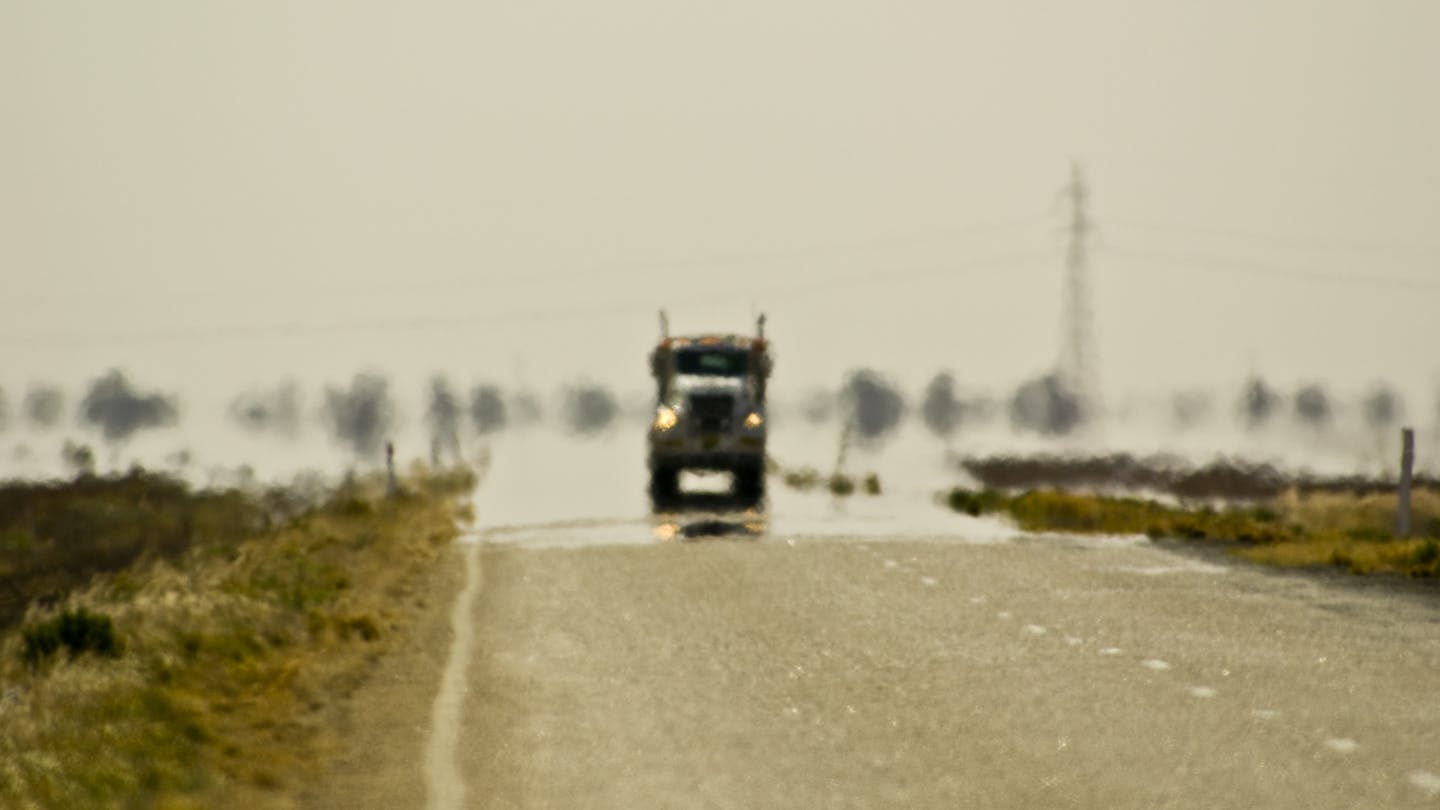
If miners, the media, policymakers and renewable energy companies are to be believed, Australia is in the midst of a green energy transition aimed at preventing the worst effects of climate change.
This appealing narrative suggests we are progressively reducing greenhouse emissions by replacing fossil fuels with clean alternatives such as wind and solar power, batteries and electric vehicles.
But there’s a real problem in accepting this idea without question. To date, the green energy transition has largely added more energy to the mix, rather than actually replacing fossil fuels. In other words, our decarbonisation is yet to begin in earnest.
For countries with a laser focus on economic growth such as Australia, this means shifting away from fossil fuels is particularly challenging. Growth and fossil fuel use have long been linked.
As one of the world’s top three liquefied natural gas (LNG) exporters, Australia exports much of the problem. Tackling climate change would mean picking a fight with powerful industries that have dominated Australia’s economy and politics for decades.
Confronting the true scale of the decarbonisation challenge is daunting. We need to challenge fossil fuel interests in politics and consider whether continual economic growth can ever be compatible with climate stability.
Is the transition a mirage?
For at least two decades in Australia, much effort has gone towards making the green energy transition a reality. Solar panels are now on a third of Australian houses, while wind farms and large-scale solar funnel ever more energy into power grids, reaching new heights of 43% in the main grid this year. Electric vehicles are becoming more common on Australian roads, and the production of green steel is nascent but promising.
Australia’s direct emissions are slowly beginning to fall, due mainly to changes in land uses and, more recently, to renewables replacing coal plants. The latest figures show a 1.4% drop over the past year. But if the emissions of Australian gas and coal burned overseas are considered, Australia’s emissions would still be rising.
Positive trends foster assumptions that less and less fossil fuels will need to be burned.
This, however, isn’t guaranteed. Energy historians have pointed out new forms of energy don’t necessarily replace the older ones. Instead, they are getting added to the mix.
The world economy now uses more wood, coal, oil and gas than ever before. As a result, greenhouse gas emissions are still rising as fossil fuels continue to be used alongside renewables.

Hungry for energy
Energy use, carbon dioxide emissions and economic growth have long gone hand in hand. While some richer countries are managing to decouple economic growth from carbon emissions, these countries often effectively export emissions to poorer nations. It’s proving far harder to make absolute emissions cuts while still growing the economy.
In economics, it’s long been believed that energy consumption is determined by how fast an economy is growing.
Energy economists have since learned the opposite may be true: that only when energy is available, economic growth follows. When new energy sources emerge, they will be used to build more, drive technological change and other economic activities.
While green growth advocates hope new technology will make it possible to keep expanding the economy at minimal environmental cost, these hopes are misplaced.
In theory, renewable energy resources are near-infinite. If the world ran on 100% renewables, continual economic growth might be possible. But adding renewable energy to the mix while we exploit all available carbon-based energy won’t be enough to stop climate change or save species from extinction.
The way we think about the economy has to change from a focus on infinite growth to a restorative approach.
Fossil fuels won’t go without a fight
China’s recent success in stabilising emissions through very rapid renewable energy deployment suggests low-carbon development is still possible. But even this historic effort may not be enough to make the rapid, deep emission cuts needed to stave off the worst of climate change. China’s decades-long focus on economic growth has come at huge cost to its environment more broadly.
China’s massive renewables expansion was possible only because its government has actively pursued decarbonisation as a national priority, alongside building clean energy industries.
It’s a different story in Australia. While the nation has taken up solar at world-beating speed, successive governments have also worked to rapidly expand the LNG industry and keep coal alive.
From the Howard era onward, fossil fuel lobbyists have fought against the adoption of strong emissions targets, downplayed the urgency of climate action, and worked to stop measures such as the short-lived carbon price.
It seems unthinkable for an Australian government to deny a fossil fuel producer anything. Federal approval for Woodside’s giant North West Shelf project to continue is only the latest example of a political system unable to make the changes necessary to meaningfully cut emissions.
It doesn’t have to be this way, of course. Australia is rich in sun, wind, metals and critical minerals. Prominent figures from Rod Sims to Ross Garnaut to Alan Finkel have laid out how Australia could create large new green industries as the sun sets on fossil fuels. Big Australian companies say rapid emission cuts would spur huge new industries. But our attitude towards exploiting existing energy resources needs to change.
Grasping the true difficulty of keeping Australia’s fossil fuels safely in the ground is an essential first step before we can begin a more honest discussion about how to achieve a prosperous and safe future. Cutting emissions fast enough to avoid the very worst of climate change will require far greater ambition and far-reaching structural change to the economy.
This article is republished from The Conversation, a nonprofit, independent news organization bringing you facts and trustworthy analysis to help you make sense of our complex world. It was written by: Martin Brueckner, Murdoch University; Charles Roche, Murdoch University, and Tauel Harper, Murdoch University
Read more:
- African debt and climate change: how the ICJ’s Vanuatu ruling could be used for broader justice
- Australia faces a home insurance reckoning – and we can learn from California’s bold move
- Droughts don’t just dry up water — they drain livelihoods and weaken local economies
Charles Roche is affiliated with Mineral Policy Institute and the Murdoch University/Mineral Policy Institute Collaboration.
Martin Brueckner and Tauel Harper do not work for, consult, own shares in or receive funding from any company or organisation that would benefit from this article, and have disclosed no relevant affiliations beyond their academic appointment.


 The Conversation
The Conversation
 The Columbian Politics
The Columbian Politics Peoria Standard Schools
Peoria Standard Schools KOLD Tucson
KOLD Tucson The Poughkeepsie Journal
The Poughkeepsie Journal The Post and Courier
The Post and Courier Canada News
Canada News RadarOnline
RadarOnline AlterNet
AlterNet NBC Bay Area World
NBC Bay Area World